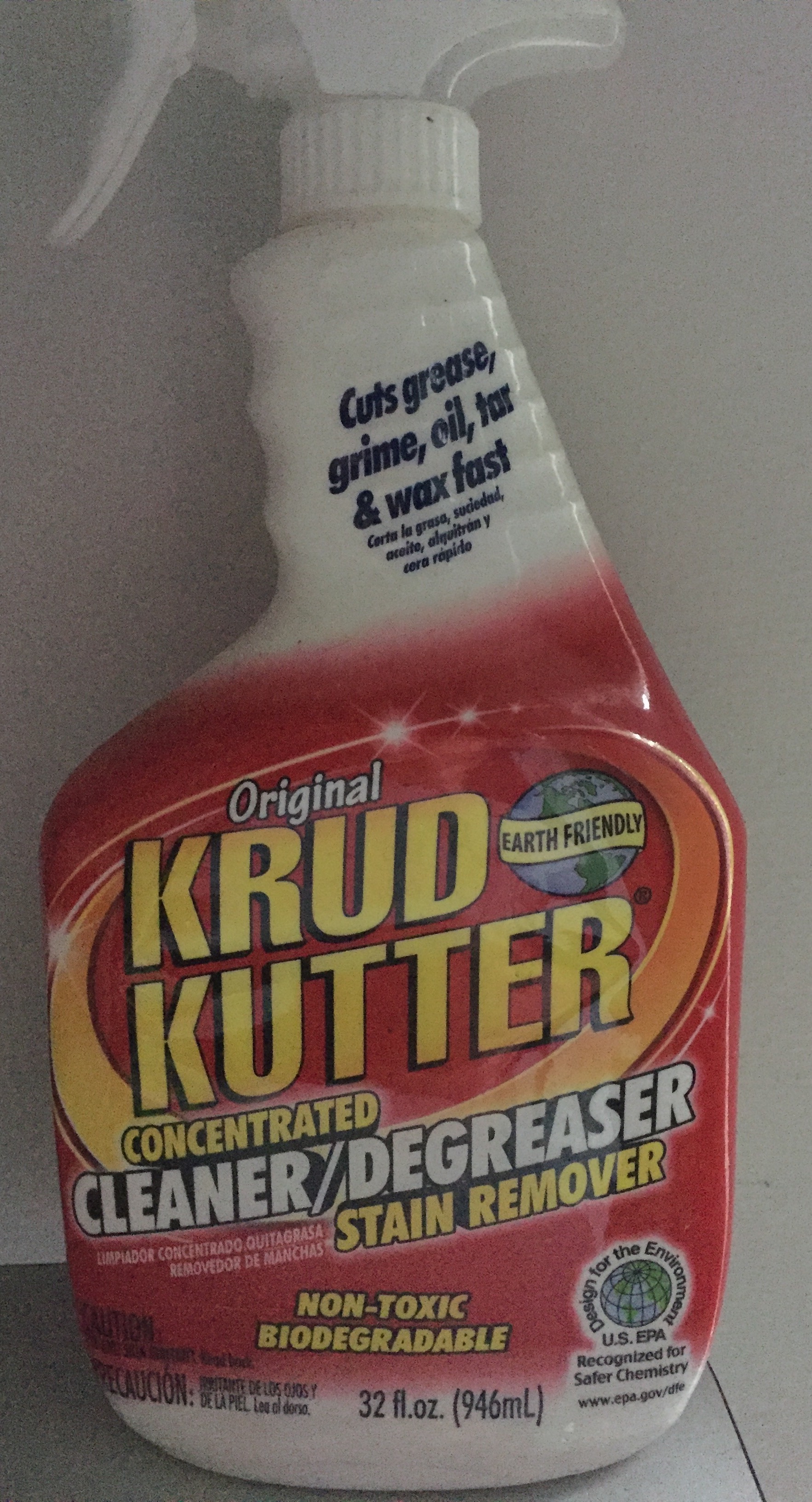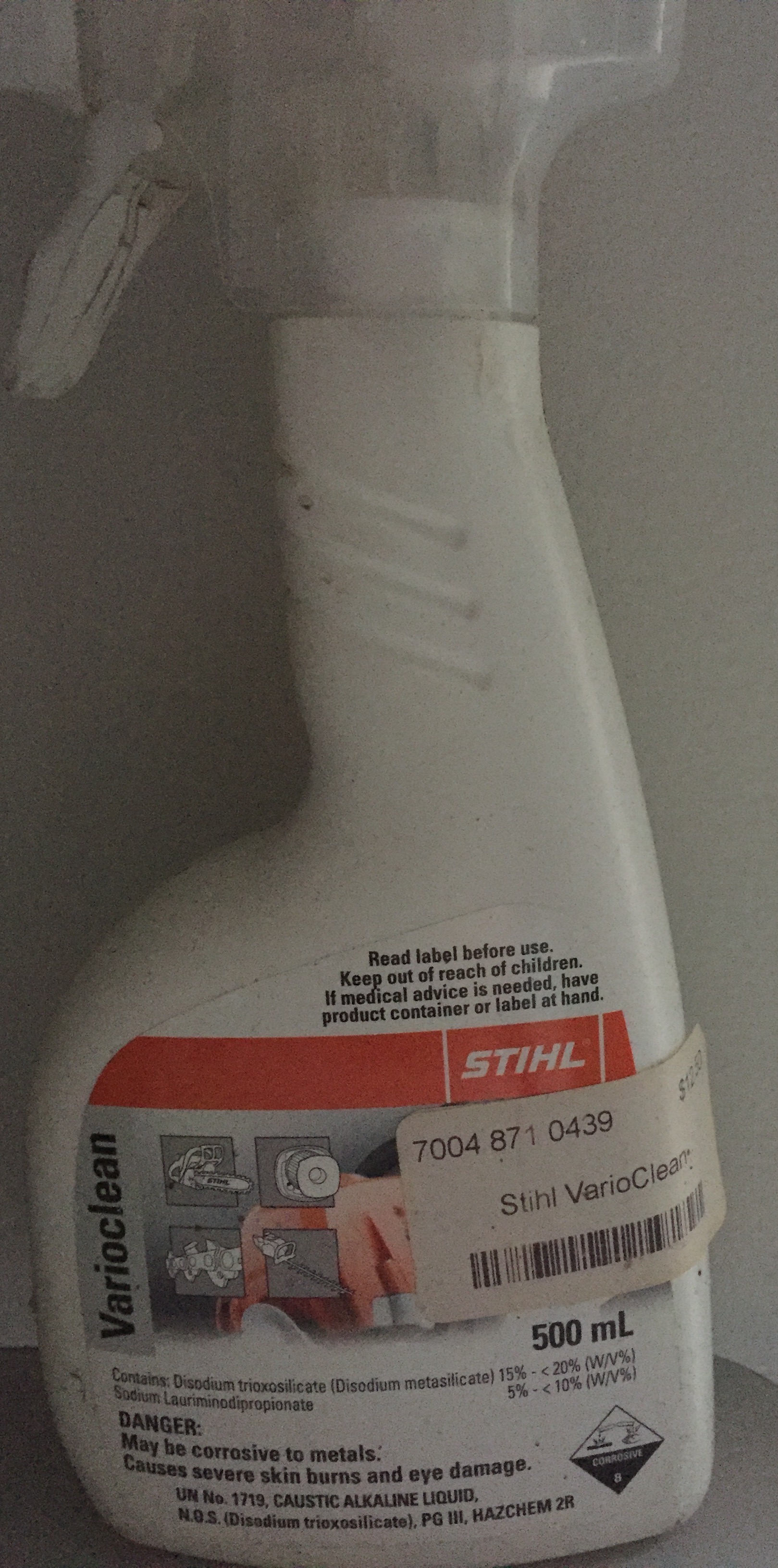Depending on how far you want to to remove the oil, the following is a method we were taught when restoring some old military timbers at a collectors meeting, using Krudd-Off (alkaline based liquid cleaner) and steam.
This will remove almost all oil from the timber, taking it back to bare unfinished timber. It also steams out many small creases and surface scratches.
Strip all metal and plastic hardware and fittings from the stock.
Wearing kitchen type gloves, place a heavy coat of Krudd-Off all over the timber, then continue rubbing in with a cloth. Keep it wet, and don't let the Krudd-Off dry on the timber.
Two options for the final step...
The next step is a little tricker if you don't have access to a hot water trough ( like a bluing tank). If you do have such a tank, ensure the water is boiling so steam is generated. Simply suspend the timber in the steam, turning occasionally, and wiping with a water saturated cloth. The oil will just stream from the stock. You may need to repeat this a couple of times if sections of the timber have gone black due to excess oil.
As most people won't have access to a trough, a cheap steam wand with cloth pads will suffice. It's a bit more time consuming, as you have to try to wet swab and steam pretty much simultaneously, but works almost as good. You just need to be careful round the checkering not to over-steam.
If it's a really old Sako, the timber may take on a very pale appearance. It's nothing to worry about, as many older Sakos had birch timber, not walnut.
Basically you're left with a oil-less timber stock that should dry for 48 to 72 hours, then lightly sand, or steel wool, or buff polish the bare timber (depending on the level of sheen you require) before re-oiling, lacquering, or however you intend to refinish the stock.
Welcome guest, is this your first visit? Create Account now to join.
Welcome to the NZ Hunting and Shooting Forums.
Search Forums
User Tag List
+ Reply to Thread
Results 16 to 25 of 25
Thread: Stock "bleeding" oil
-
23-06-2020, 08:42 PM #16Member

- Join Date
- Jun 2020
- Location
- Christchurch
- Posts
- 60
-
-
23-06-2020, 11:56 PM #17Banned

- Join Date
- Mar 2015
- Location
- North Canterbury
- Posts
- 5,462
@Ditchjumper, great info you posted. Do you think a 44 gallon steel drum with the top cut off and set over a fire, would work with the stock hanging in the steam ?
-
24-06-2020, 09:51 AM #18Member

- Join Date
- Jun 2020
- Location
- Christchurch
- Posts
- 60
I can't so no reason why that wouldn't work Moa, just as long as you can obtain a good rolling boil to create plenty of steam.
My first tank was made from a cut down 44 gallon drum which sat atop an old 5 burner gas BBQ I brought on TradeMe for $40.
The main thing is to practice on some old stocks to get the hang of it. I purchased a few beat up junk military stocks from Gunworks for next to nothing, and practiced on these till I got my method sort of perfected.
My apologies, the correct product name is Krud Kutter. I located some at Mitre 10 Mega

I had a mate who used another similar type product which was a a lot more caustic he purchased from his Stihl dealer called Varioclean. It worked a lot quicker, but I found it a little to harsh (health wise) to work with, mainly due to the fumes during the steaming process. If you use this stuff, make sure you wear a proper respirator and goggles.

-
24-06-2020, 10:44 AM #19Member

- Join Date
- Mar 2012
- Location
- New Zealand
- Posts
- 582
I have used an wallpaper steam stripper, just leave the accessory off the end of the tube then steam blast away, it's quick, no other cleaners needed, just don't point end of the tube too close and keep it moving. Wipe as you go.
-
24-06-2020, 10:09 PM #20Gone but not forgotten

- Join Date
- Jul 2014
- Location
- Porirua
- Posts
- 87
A few years back a friend of mine who was quite skilled at stock work encountered this same problem with a stock somebody had seriously over-oiled. He fixed it by obtaining some diatomaceous earth from a swimming pool supplies company (it is used in filtering systems) and mixing it to a paste with a solvent, which he then applied to the affected parts. Left it to dry and then brushed it off. He reckoned it sucked the excess oil out very effectively. I cannot remember for certain what solvent he used, and I cannot ask him because he is no longer with us, but I THINK it was either mineral turps or some type of alcohol.
-
25-06-2020, 09:51 PM #21Member

- Join Date
- Aug 2012
- Location
- Otago
- Posts
- 1,659
So I'm continuing with a bit of warmth, but now wiping with acetone on the rag which certainly clears the oil away quickly. Will see how that goes. Still plenty of oil coming out.
Long term I'll give it a full refinish. I've done a brno model 2 with tru oil in the past and that came up pretty good."The generalist hunter and angler is a well-fed mofo" - Steven Rinella
Similar Threads
-
Shooting Apps "Range Buddy" and "Reloading Assistant"
By Dead is better in forum Resource LibraryReplies: 4Last Post: 14-01-2017, 05:23 PM -
Evolve LED Light Bar For Offroading in sizes 18",20",28",36",43"
By pighuntingnz in forum Outdoor TransportReplies: 4Last Post: 27-12-2016, 08:05 AM
Tags for this Thread
Welcome to NZ Hunting and Shooting Forums! We see you're new here, or arn't logged in. Create an account, and Login for full access including our FREE BUY and SELL section Register NOW!!





 19Likes
19Likes LinkBack URL
LinkBack URL About LinkBacks
About LinkBacks



 Reply With Quote
Reply With Quote



Bookmarks